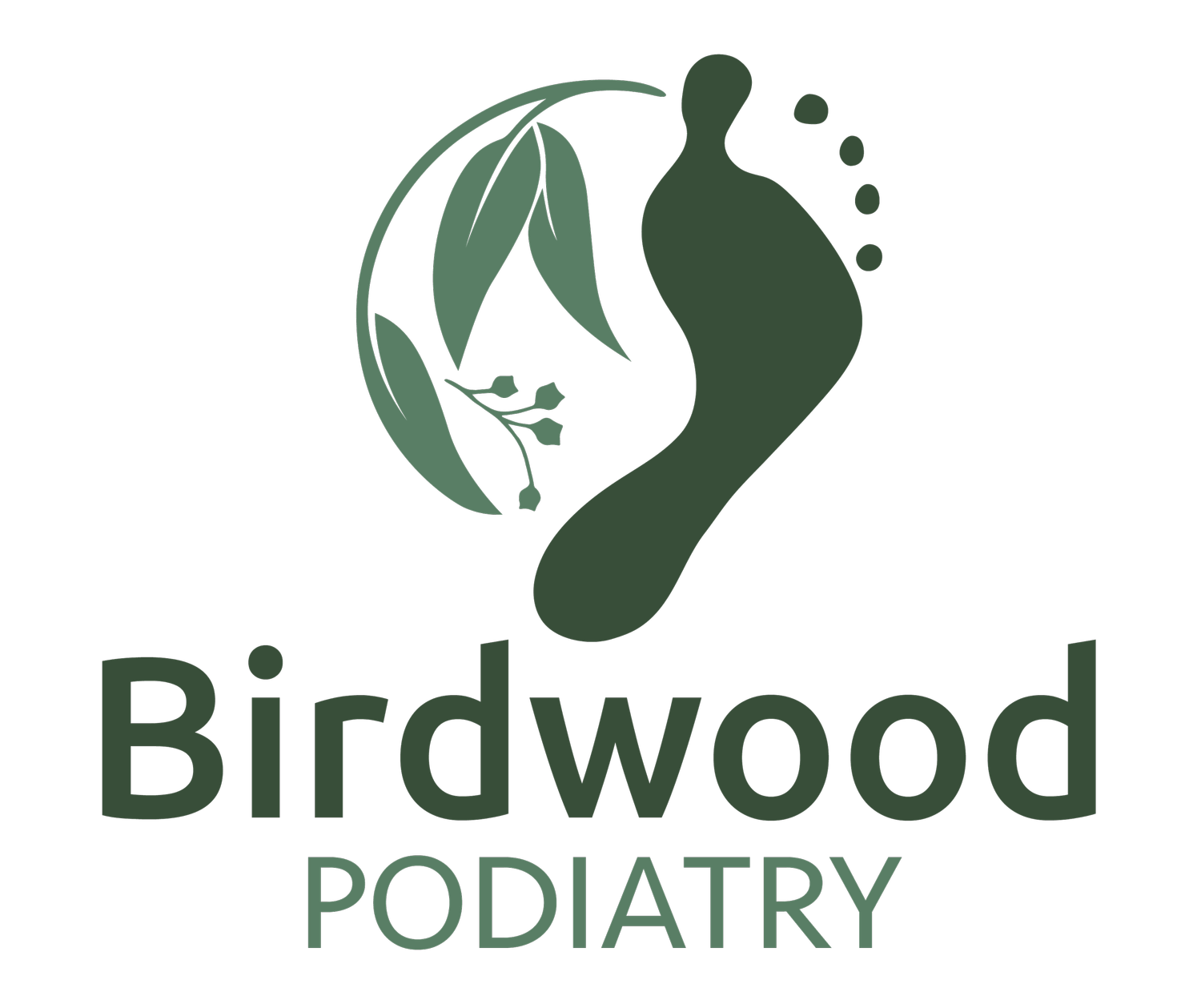Winter Feet Care
Common winter conditions
Dry Skin, Chilblains, Cold Urticaria, Gout & Raynaud’s Phenomenon
There are a number of common complaints that can be experienced as the weather begins to cool down.
For assistance with any of these symptoms book an appointment at our Springwood clinic with one one of our podiatrists, Phillip Smith or Edward Paluzzano.
Dry Skin
During winter dry skin is one of the most common patient complaints. Especially in the Blue Mountains where dry, cold winter winds, coupled with artificial heat, strip our feet of their moisture.
What causes dry skin?
Systemic diseases that reduces blood supply (e.g. diabetes, peripheral vascular diseases and some medications)
Decreased function of secretion cells, leaving less oil on your skin
Long, hot showers
To protect yourself:
Reduce temperature and length of showers
Regularly apply sorbolene cream
Wear leggings and pants
For severe or deep cracked feet and heels it is recommended that you visit a podiatrist to debride the thickened area of skin and discuss your footwear.
Chilblains
Chilblains are patches of swollen and itchy, discoloured skin. Although the exact cause of chilblains remains unknown, it is thought to be associated with the body’s reaction to cold weather. Tight shoes and damp socks can also contribute by further reducing circulation to the toes.
Common Symptoms include:
A burning sensation on the skin
Red, blue, purple or white swollen patches
Mild to intense itching
Dry skin, leading to splits and cracks
Possible secondary infection
Ulceration, in severe cases
Severe, ulcerating or recurring chilblains need professional attention. A qualified podiatrist can treat your chilblains and offer advice on prevention.
Cold Urticaria
Cold urticaria is a skin reaction that appears within minutes after cold exposure. Anyone exposed to cold water or weather conditions may experience cold urticaria.
Common Symptoms Include:
Temporary itchy welts (hives) on the exposed area
A worsening of the reaction as the skin warms
Gout
Gout is a common form of arthritis that usually involves the big toe joint, but may affect other joints also. Gout can occur due to cold weather conditions. Certain foods high in purines are also known to cause gout attacks (e.g. red meat, seafood, fructose as well as excessive alcohol consumption). Other causes include renal deficiency, high blood pressure and certain medications.
Common Symptoms include:
Stiff joints
Very painful to move or touch
The affected area is warm, red and swollen
Professional treatment for Gout:
A podiatrist can assess the affected joint and work with you to create a management plan to rule out other possible causes to prevent and control gout. This may include foot biomechanical changes, footwear advice, or lifestyle and dietary changes.
Raynaud's Phenomenon
Raynaud’s phenomenon is the short term constriction of the blood vessels to the extremities most often triggered by cold weather.
Symptoms:
Skin discoloration in cold exposure
Painful, pale cold extremities that can last minutes to hours
Mild tingling and numbness of the toe/s that disappears once the colour returns to normal
A podiatrists can diagnose the cause of your cold feet and identify any problems that could trigger an attack or make the condition worse.

